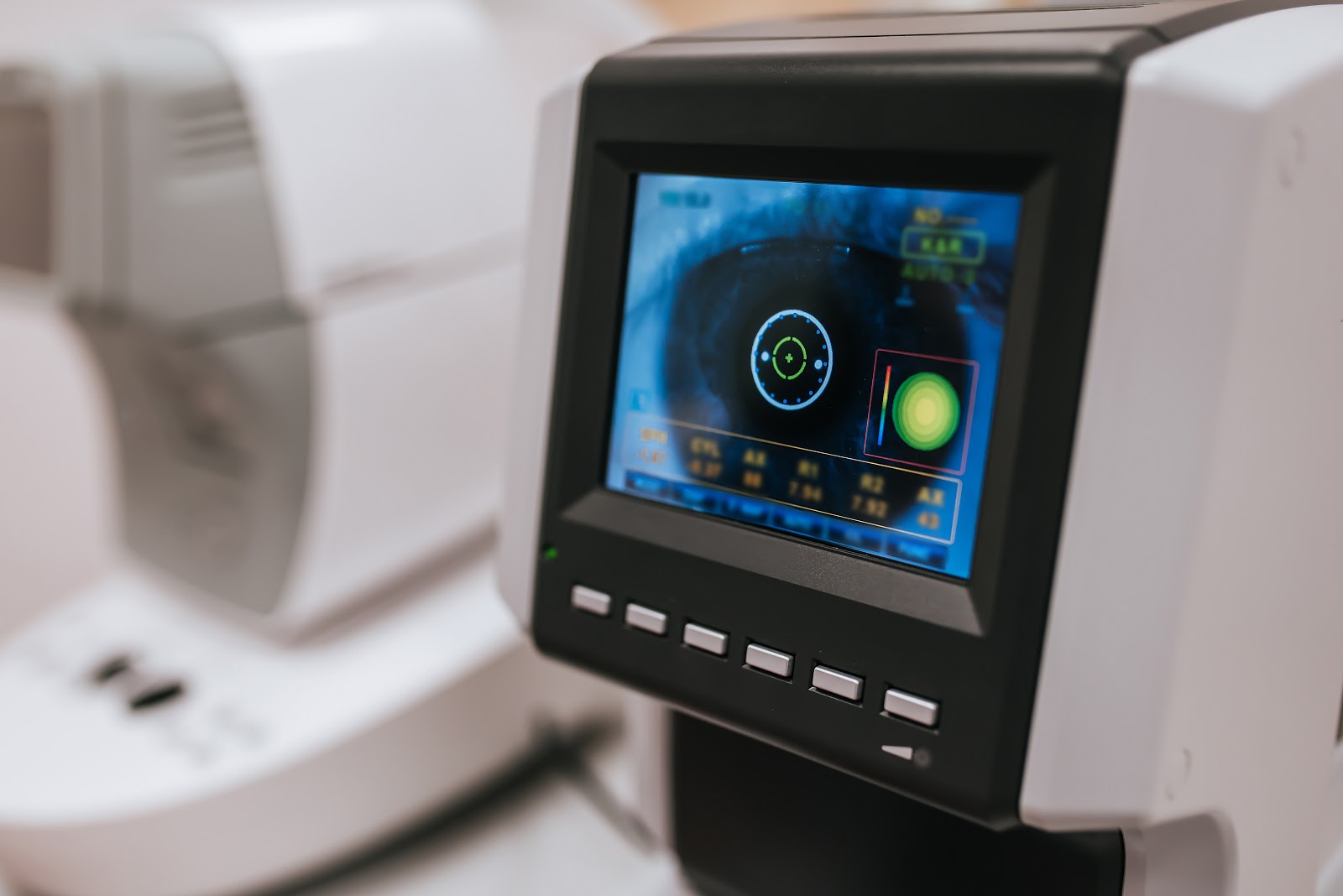
As an eye care professional, you have a responsibility to your patients to provide the highest standard of care. But your ophthalmic practice is also a business, and making sure that business stays profitable is just as important as delivering exceptional care when it comes to keeping your practice thriving.
One of the biggest challenges you will face is choosing which pieces of equipment you need to be successful.
With ophthalmic technology advancing at such a rapid pace, it can be difficult to know exactly which pieces of equipment you need to maintain that balance between serving your patients and protecting your bottom line.
If you invested in every new piece of ophthalmic equipment on the market, you would no doubt run your practice into bankruptcy. So, how do you decide what to purchase and what to wait on? In other words, how do you grow your practice thoughtfully and purposefully?
The key is knowing what technology will work best for you and your patients.
Certain pieces of ophthalmic equipment are necessary to help you practice effectively, but the sheer volume of options can make the selection process seem daunting. When looking at setup costs, there will always be certain pieces of equipment you absolutely need. These include ophthalmoscopes, retinoscopes, transilluminators, slit lamps, and basic acuity and perimetry testing equipment.
You will also need simple pre-test supplies such as color tests, distance eye charts, vision testers, and occluders. The number of options available can make choosing the right equipment and supplies seem like a daunting task, as can the choice between buying manual or automated ophthalmic equipment.
Start by asking yourself the following questions, and from there you can begin to determine what you need and what you don't.
- How many patients do you want to see each day?
- What demographics make up your patient base?
- How much capital do you have to invest in your equipment?
- How many staff members do you have?
- Do you need surgical ophthalmic or diagnostic equipment?
One of the best ways to ensure a positive patient experience and increase efficiency is by investing in automated technology.
While many suppliers will offer older or used manual equipment at a lower price, think through your decision carefully. In many instances, using technology to your advantage can offer significant long-term savings that far outweigh the initial costs of purchasing newer equipment.
A digital refractor, for example, can quickly offer precision data in a fraction of the time, allowing you to see more patients throughout the day. Not only that, but automation means that much of the work can be delegated to a technician to free up even more of your time.
Likewise, advanced technology can help you diagnose patients more accurately and ensure the most effective prescriptions for glasses and contact lenses. Corneal topographers, for instance, use technology to map the surface of the eye to help practitioners view the cornea and take better measurements; this type of ophthalmic equipment is important if you are recommending any type of refractive surgery.
Digital imaging equipment also plays an important role in patient diagnosis. While at first some professionals felt digital imaging equipment would not be as effective as handheld testing instruments, it has proven extremely accurate and offers high-resolution images of the retina and detailed anterior surface imaging.
Automated technology also improves patient comfort during exams.
Another reason to look into outfitting your practice with newer, digital ophthalmic equipment is to increase patient comfort. For example, no one enjoys the "puff of air" test, so why not invest in a non-contact tonometer that allows you to conduct this test with a minimal amount of air pressure?
Investing in technology to increase patient comfort and reduce stress and anxiety will likely pay off in repeat patients and referrals to friends and family. Using advanced technology that makes diagnosis both efficient and comfortable will help you grow your practice into the future.
Extend the life of your equipment with ongoing care and maintenance.
The better you treat your ophthalmic equipment, the longer it will continue to serve you and your practice. With every new piece of equipment you buy, be sure to follow the suggested maintenance schedules and use appropriate dust covers and cleaning supplies. For more information on this, read our blog, Caring for Your Equipment: Preventative Maintenance Keeps Your Practice Thriving.
At the end of the day, using technology thoughtfully and effectively will help you be a better caregiver. As a result, efficiency and patient satisfaction will improve, and your ophthalmic practice will grow and become more profitable.